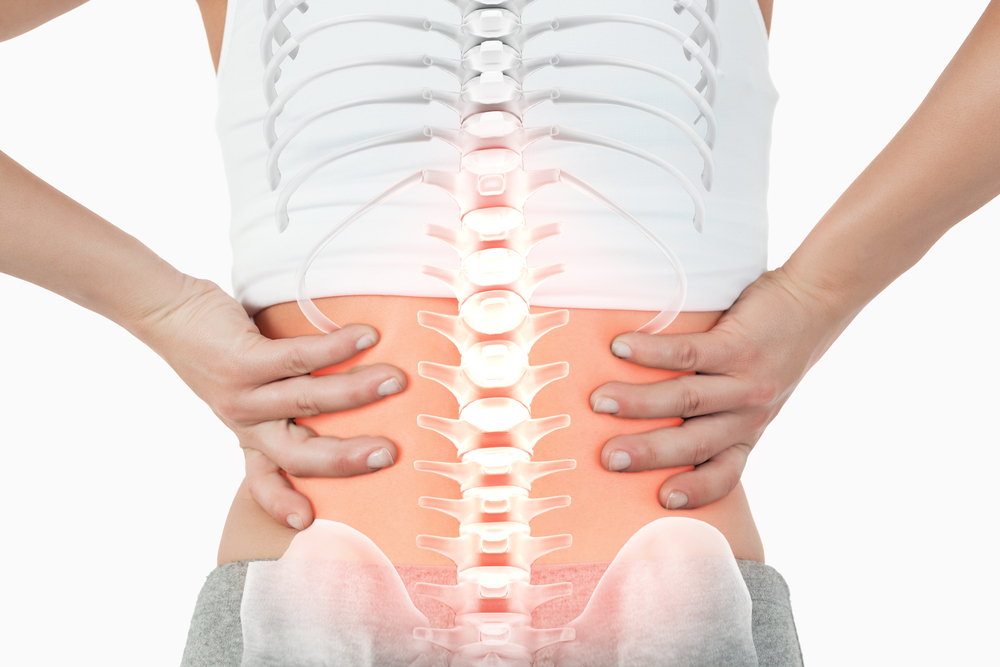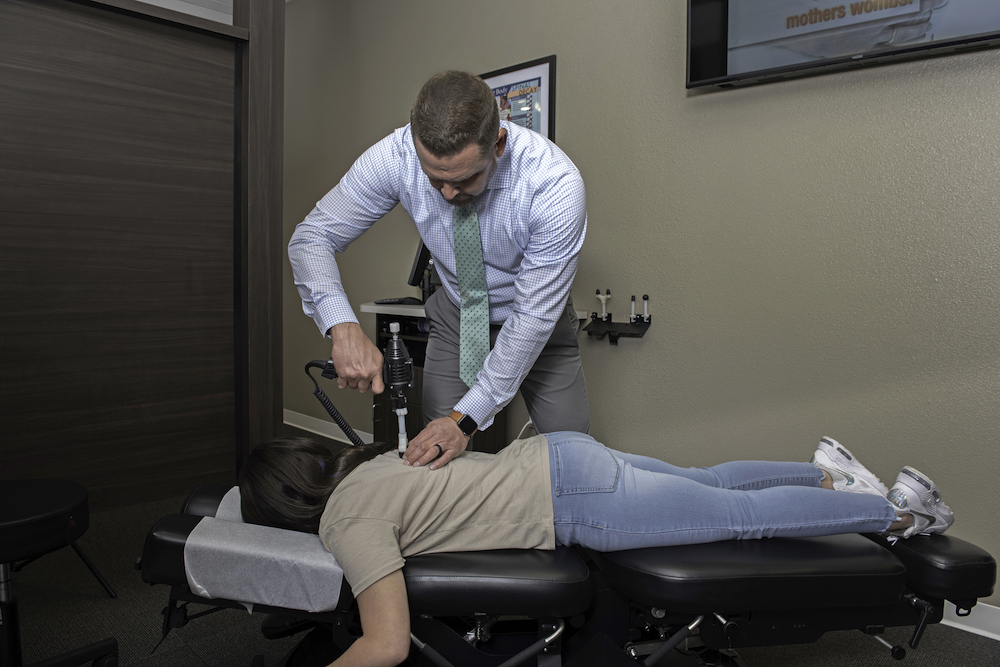Bulging Disc vs. Herniated Disc: What’s the Difference?
2 min read

Several terms are used to describe spinal disc problems and the pain that often comes with them. Two of the more common spinal disc conditions are bulging discs and herniated discs. Although these terms are often used interchangeably, there are actually significant differences between the two.
What are Spinal Discs?
The spine is made up of bones called vertebrae that protect the delicate spinal cord. Between those vertebrae are small, round cushions made of fibrocartilage and collagen, called vertebral discs. Within the outer portion of the disc is an inner core (nucleus pulposus) made up of a jelly-like material called mucoprotein gel. These discs act as shock absorbers in the spine, hold the vertebrae together, and allow the spine to bend and twist.
What is a Bulging Disc?
A bulging disc also known as a protruding disc is when a disc in your spine literally bulges outside its usual area. It is considered to be “contained”, meaning the disc remains intact and mucoprotein gel has not leaked out. Bulging discs don’t always cause pain since they generally do not protrude far enough to press on a nerve. When there is pain, however, it is usually felt in the lower back and triggered by actions such as bending, coughing and sneezing.
As we age, the discs in our spine tend to dehydrate and stiffen, which often results in the discs becoming slightly compressed or flattened. Because of this, protruding disc are fairly common and considered to be a rather a normal part of the aging process. Other causes of bulging discs may include a spinal injury or repetitive spinal stress.
Bulging discs are typically diagnosed with a review of your medical history, a physical examination, and imaging such as X-ray, CT scan, and MRI. If you are diagnosed with a bulging disc it is likely that your physician will recommend a course of treatments to help ease pain and other symptoms.
Given time, a bulging disc could become a herniated disc if left untreated.
What is a Herniated Disc?
A herniated disc, on the other hand, results when the disc cracks, allowing the inner fluid to protrude or leak. In addition to spinal degeneration, herniated discs can be caused by repetitive minor injuries or traumatic injury.
Herniated discs are also called ruptured discs or slipped discs. Regardless of what they are called, disc conditions such as these can lead to nerve root irritation or compression, which can cause pain as well as other symptoms, including tingling, numbness, and muscle weakness.
A herniated disc is diagnosed in the same manner as a bulging disc. While a herniated disc can be diagnosed with an X-ray, an MRI is often a more effective method as it gives the physician more detailed information.
If you are located in The Woodlands areas and you're experiencing back pain that won't go away contact us to request an appointment to see Dr. Thomas.





